No business is born resilient.
Resilience isn’t about being big, lucky, or well-funded—
It’s about how you bend without breaking, and this mindset makes you profitable in the long haul.
Here’s the hard truth: By 2025, 60% of businesses are expected to face operational crises.
What separates the ones that survive from the ones that don’t?
Resilience—the perfect blend of art and science.
-
Set Objectives
-
Design and Implement
-
Evaluate and Test
-
Operate
-
Respond and Learn
Let’s break down the 5 key stages of the resilience lifecycle framework:
What is Resilience Lifecycle
From cyberattacks and supply chain breakdowns to natural disasters and economic shocks, the organizations that don’t just survive—but emerge stronger—are those that master the art and science of resilience.
The Resilience Lifecycle is a continuous, structured process that helps organizations anticipate, prepare for, respond to, and recover from disruptions effectively. It ensures businesses stay agile, minimize downtime, and adapt in the face of unexpected challenges.
Why is Resilience Important?
-
Unpredictable Risks: The modern business environment is volatile and complex, with risks emerging from technology failures, geopolitical events, climate change, and more.
-
Operational Continuity: Resilience ensures critical business functions continue without major interruptions.
-
Competitive Advantage: Organizations that respond and recover faster outperform competitors.
-
Stakeholder Trust: Demonstrating resilience builds confidence among customers, investors, employees, and partners.
-
Regulatory Compliance: Many industries require resilience planning to meet legal and regulatory standards.
What are the 5 Key Stages of the Resilience Lifecycle Framework?
The resilience lifecycle framework guides organizations step-by-step to build and sustain resilience against disruptions. Each stage plays a crucial role in ensuring that a business can withstand shocks and recover quickly.
1. Set Objectives
This first stage involves defining clear resilience goals tailored to the organization’s specific risks, vulnerabilities, and priorities. It means identifying which functions and assets are critical to business continuity and setting measurable objectives to protect them. Setting objectives creates a focused roadmap and aligns resilience efforts with the overall business strategy.
2. Design and Implement
Once objectives are set, the next step is designing and putting in place the necessary strategies, policies, and controls that strengthen the organization’s resilience. This includes developing disaster recovery plans, creating backup systems, establishing communication protocols, and implementing technological solutions. The goal here is to build a robust infrastructure and operational processes that prepare the organization to handle disruptions effectively.
3. Evaluate and Test
No plan is complete without validation. This stage involves regularly assessing and testing the resilience measures through simulations, drills, and audits. It helps identify gaps, weaknesses, or outdated procedures before an actual disruption occurs. Evaluation and testing ensure that resilience strategies remain effective, up-to-date, and practical.
4. Operate
Resilience is not just about planning—it must be integrated into daily business operations. This stage focuses on maintaining and managing resilience capabilities as part of regular workflows.
It means continuously monitoring systems, training staff, updating protocols, and ensuring readiness so the organization can respond swiftly if needed.
5. Respond and Learn
When a disruption happens, this stage kicks in with an organized response to minimize impact. Effective incident management, clear communication, and swift recovery actions are key here. Afterward, organizations conduct a thorough review to learn from the event, identifying what worked well and what didn’t. These lessons feed back into the lifecycle, helping to refine objectives, improve plans, and strengthen future resilience.
Modern Approaches to Being Resilient
1. Digital Transformation and Automation
Cloud computing, AI, and automation streamline operations and speed up recovery. Automated monitoring systems detect threats early, while cloud infrastructure ensures continuity through flexible, redundant environments.
4. Holistic Risk Management
Modern resilience requires viewing risks as interconnected—from cybersecurity to supply chain vulnerabilities to workforce health. This broad perspective ensures that no blind spots weaken the organization.
5. Wearable Devices
Modern approaches to resilience focus on mental health, managing stress, and being mentally prepared for challenges. The Neurovizr wellness device plays an important role here. This wearable device uses the science of light and sound to help regulate your nervous system. In just a 10-minute session, Neurovizr can help you regain control over your body’s stress response and reduce tension.
By improving the balance of your nervous system, Neurovizr strengthens your physical and mental resilience. This leads to clearer thinking, better decision-making, and greater emotional stability—especially in high-pressure situations.
Final Thoughts
Let’s face it—today’s world throws curveballs faster than ever, and it’s easy to feel overwhelmed and burnt out.
Understanding what are the 5 key stages of the resilience lifecycle framework can help you build a strong foundation for bouncing back from any disruption.
Tools like the Neurovizr wellness device are making new waves in the market. In just 10 minutes, it helps you reset your nervous system, calm your mind, and get back in control so you can make better decisions and handle stress without it taking over.
When you invest in real, everyday resilience—both for your systems and yourself—you don’t just survive challenges; you bounce back stronger and more ready for whatever’s next!
Disclaimer: neuroVIZR is a wellness device created to promote relaxation, focus, and overall brain wellness. It is not a medical device, does not provide diagnoses, and is not intended to treat, cure, or prevent any medical condition. The device is not suitable for individuals with epilepsy. Experiences and results may vary from person to person.






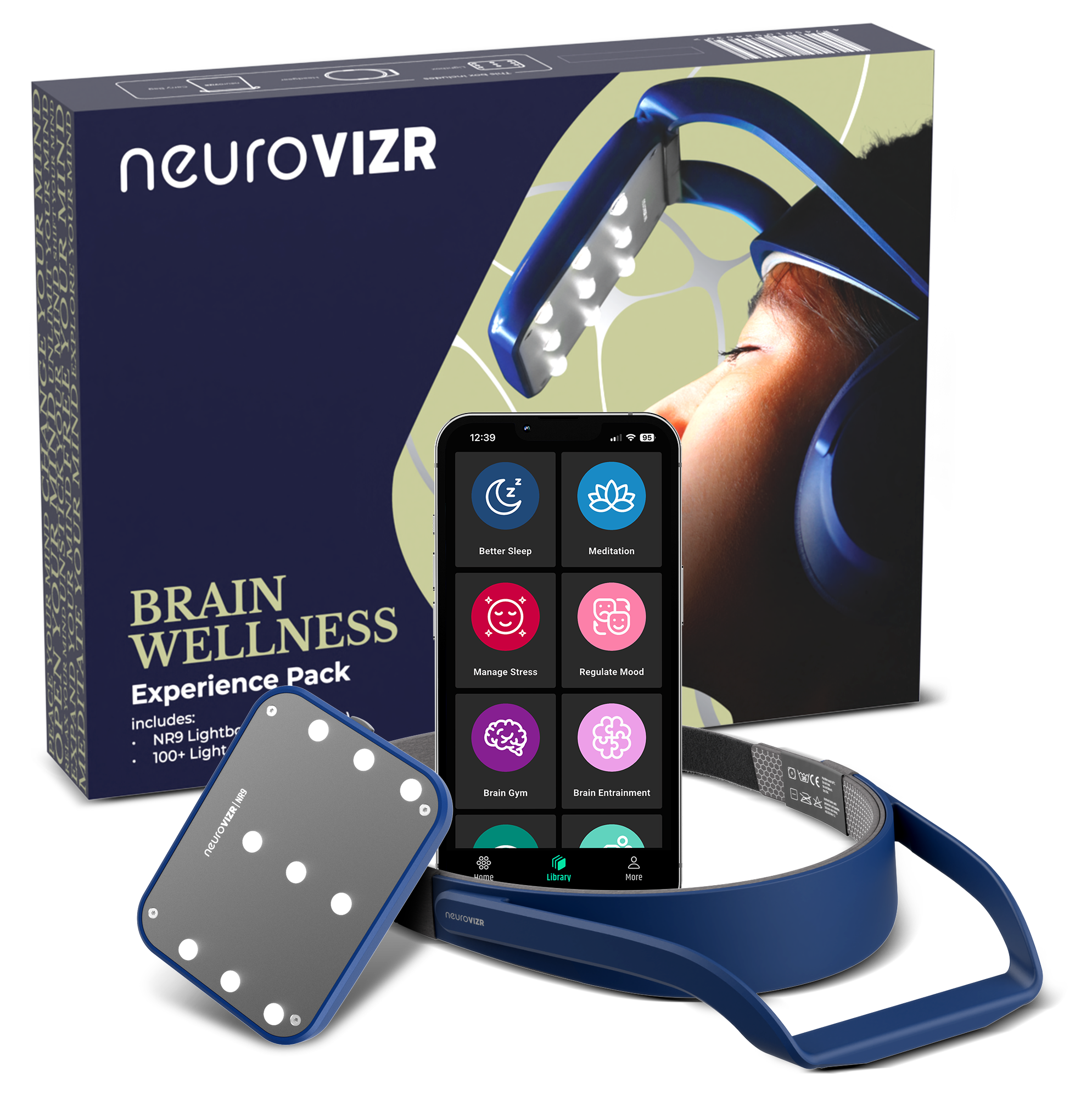


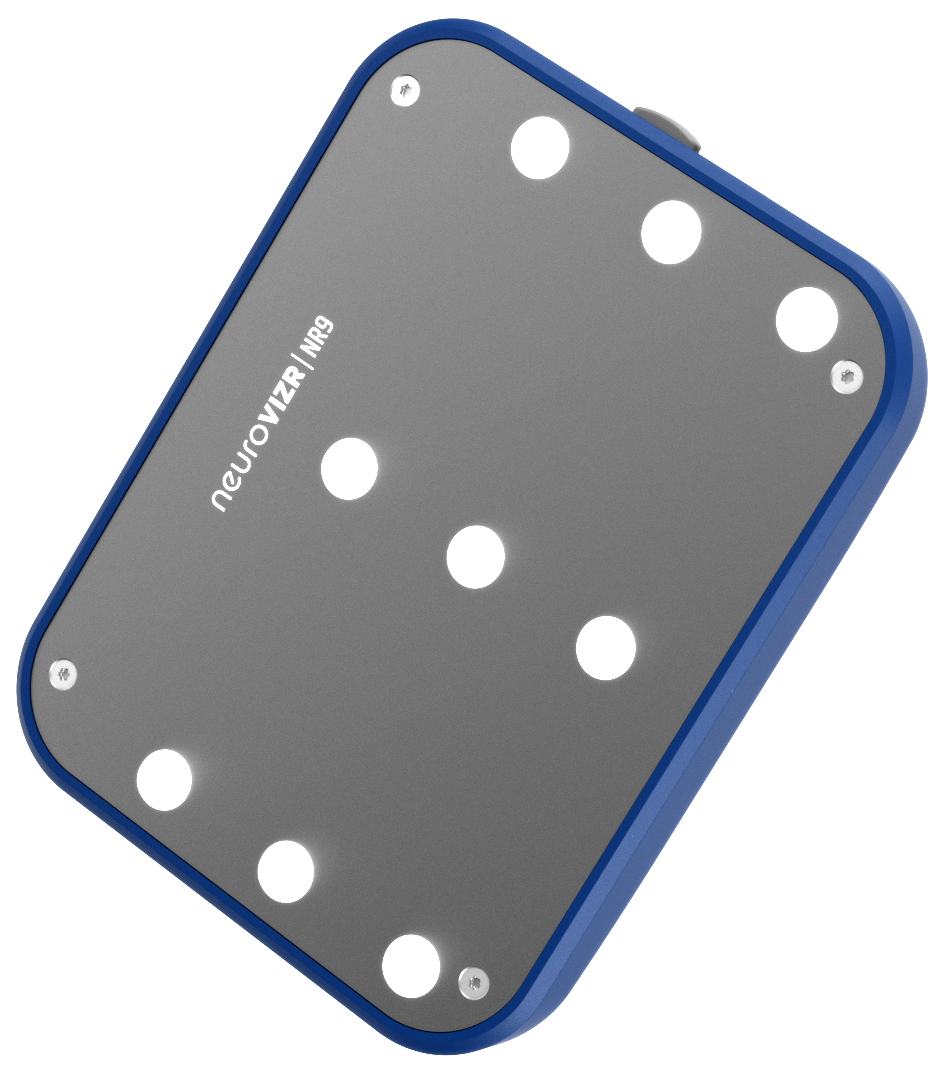

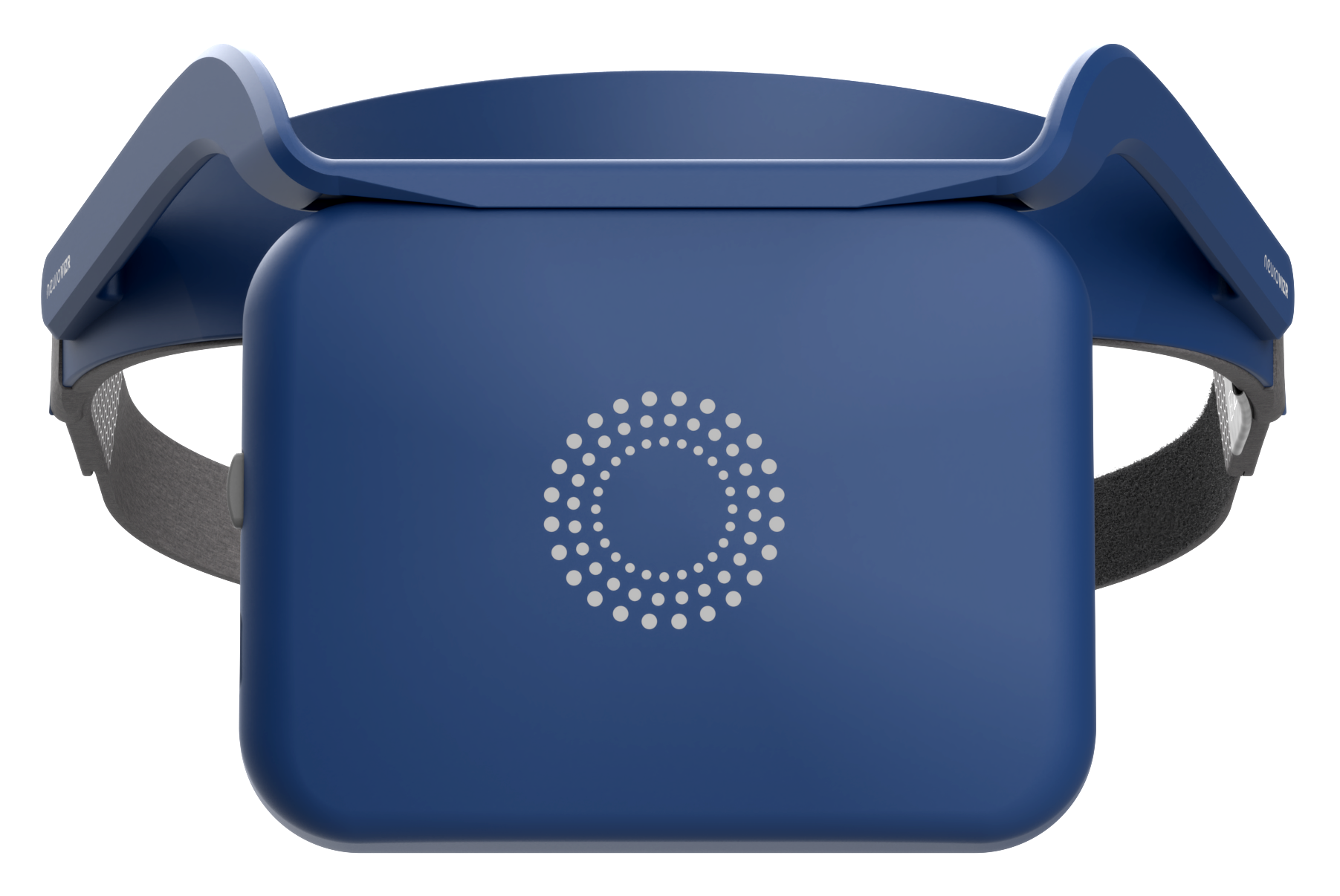
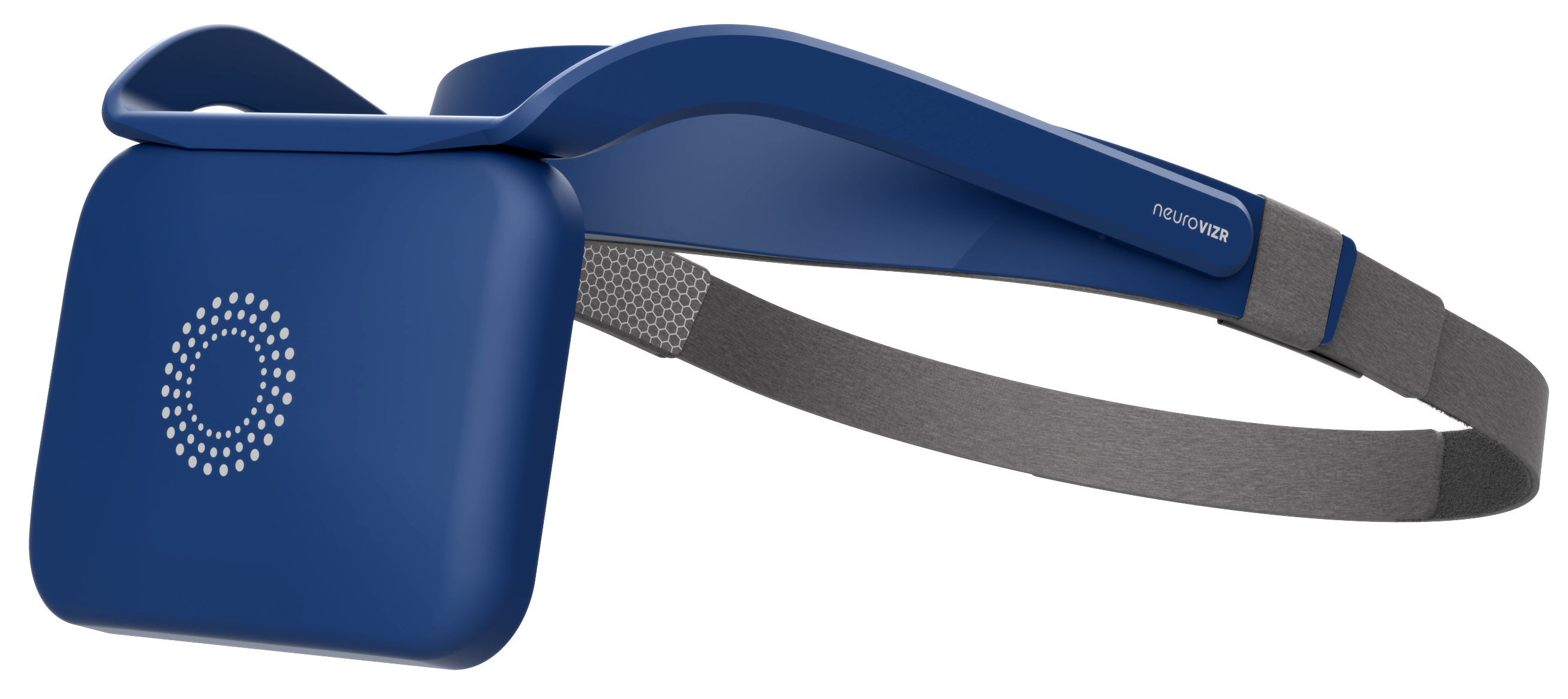

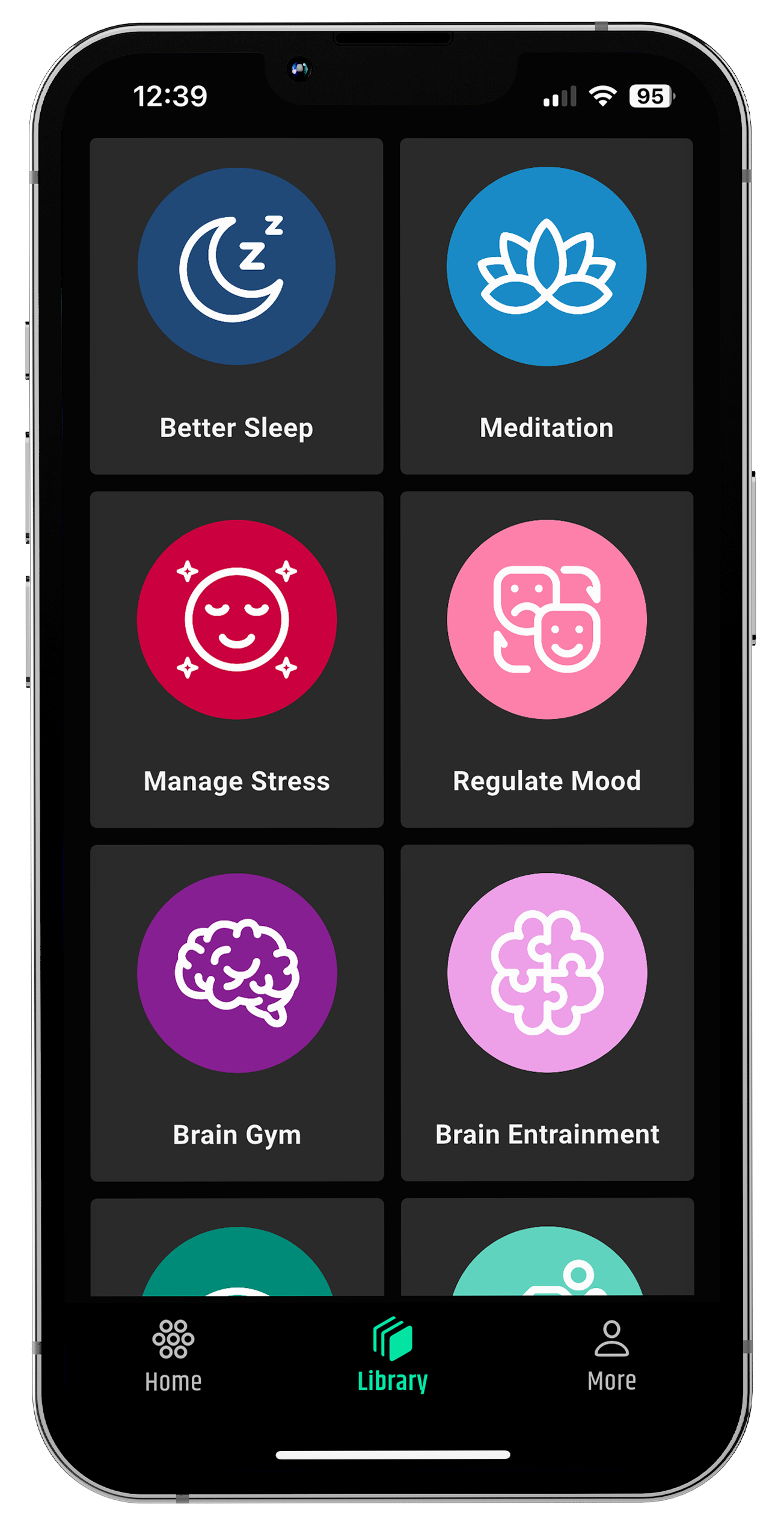













Share:
The Future of Anti-Aging: Light, Sound and Neuroplasticity
Alzheimer’s Awareness Month: How 40Hz Gamma Stimulation Could Support Brain Health